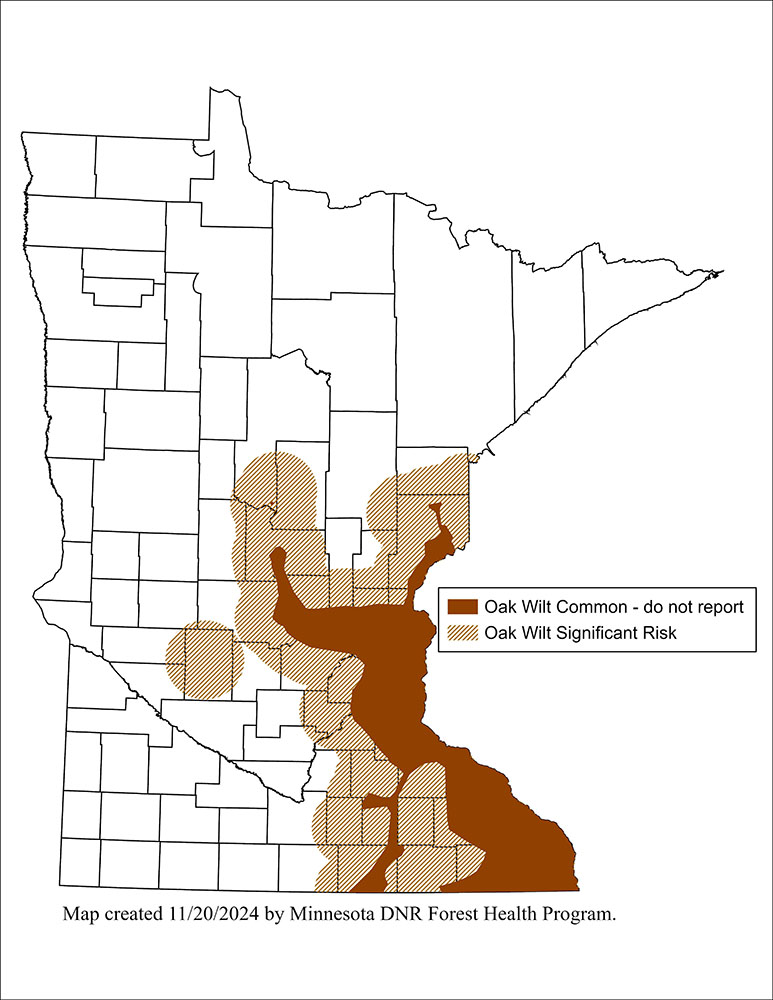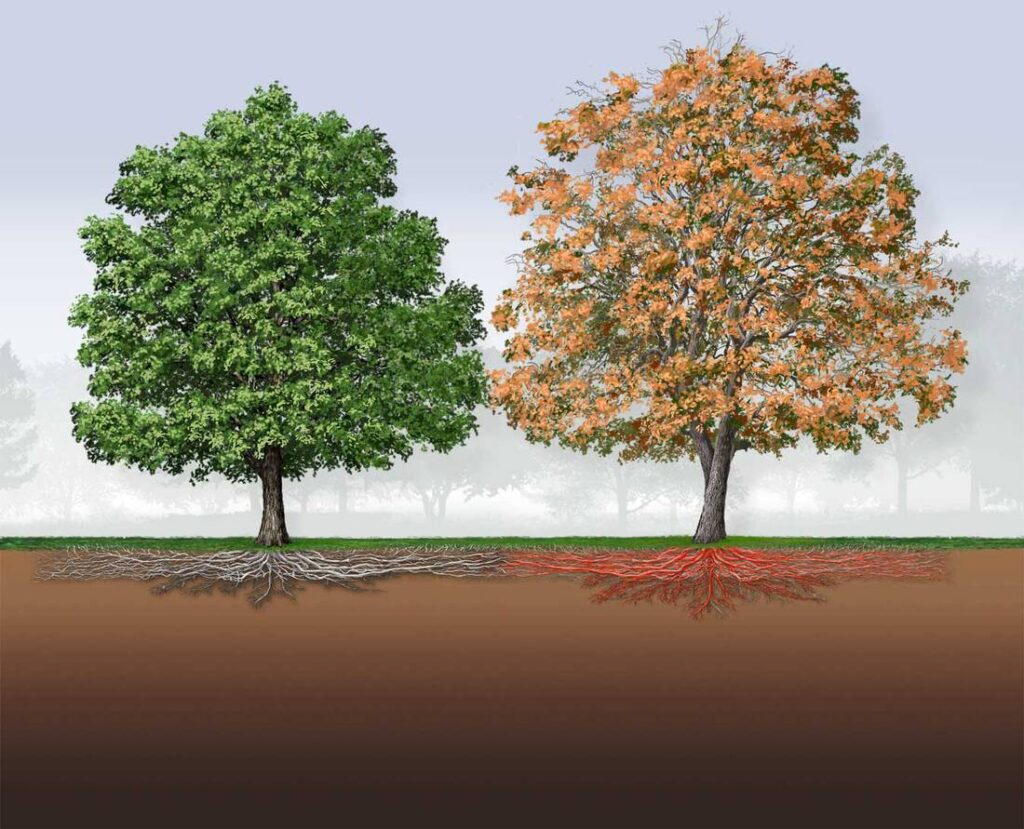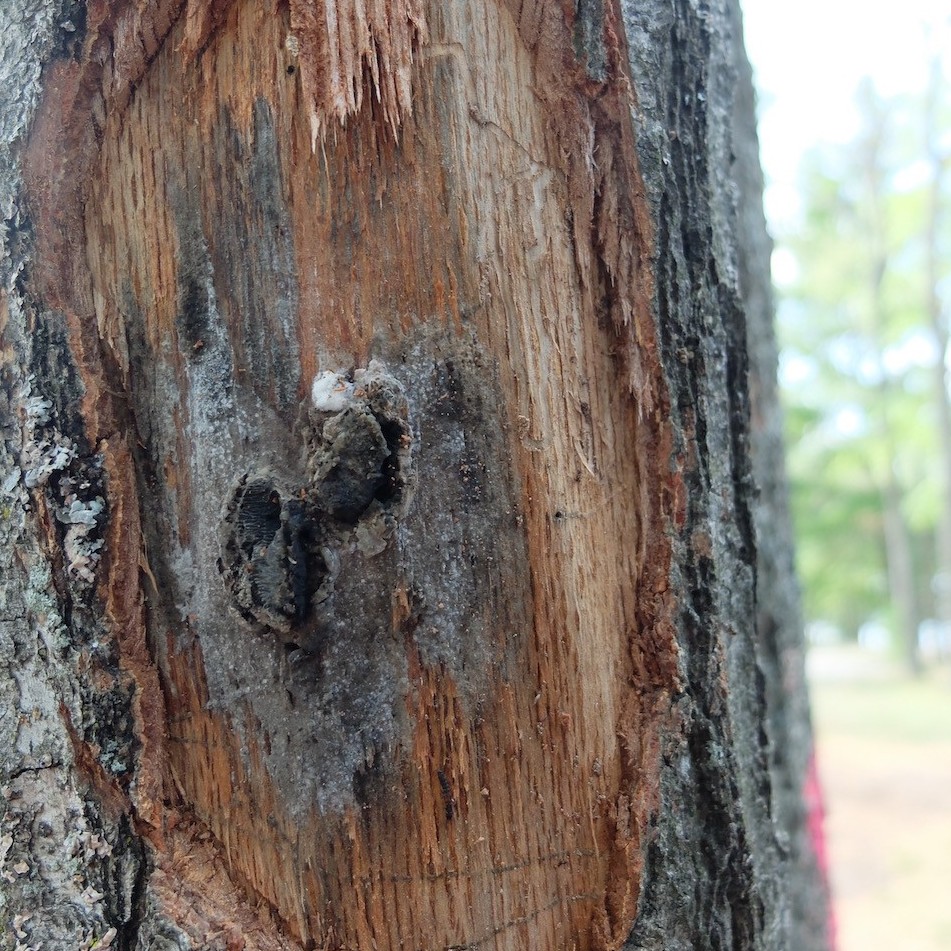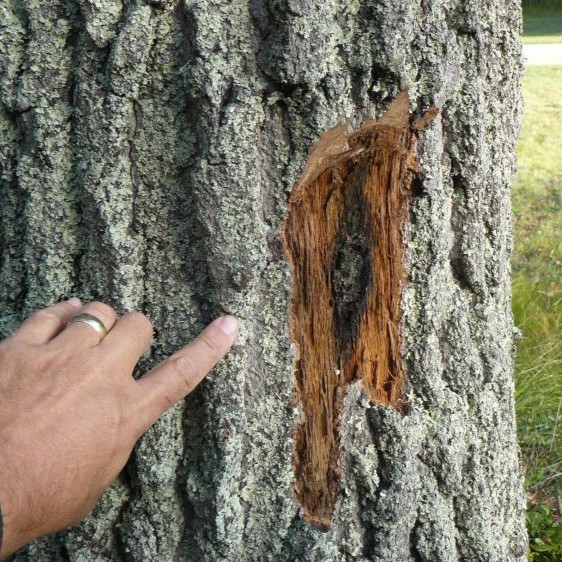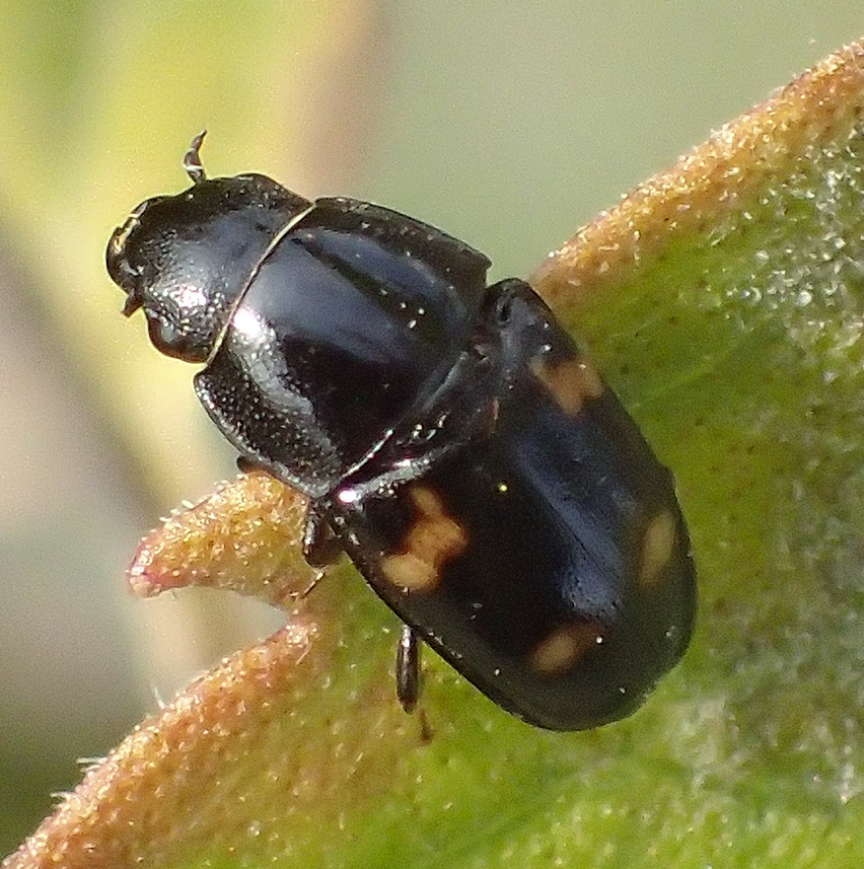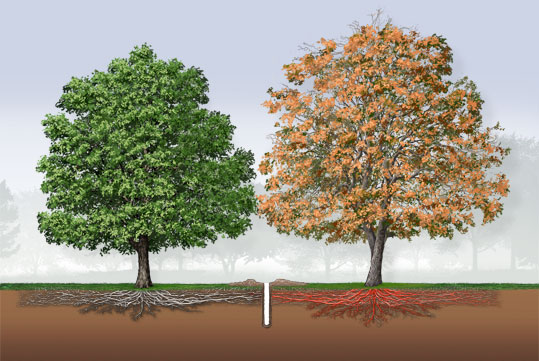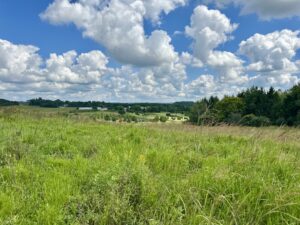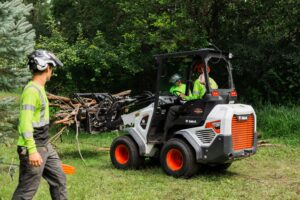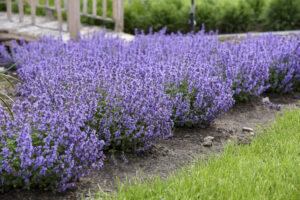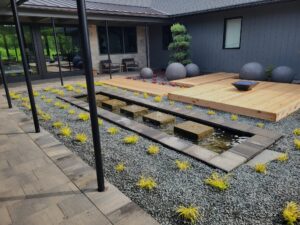
Minnesota’s oak trees are a vital part of the landscape, but they are highly susceptible to oak wilt. Managing this disease effectively requires proper pruning timing and disease prevention strategies, particularly given Minnesota’s climate and the activity of the Nitidulidae beetles that spread the disease. Protecting these trees from threats like oak wilt is crucial to preserving Minnesota’s natural heritage.
Understanding Oak Wilt in Minnesota
What is Oak Wilt?
Oak wilt is a deadly fungal disease caused by Bretziella fagacearum. It primarily affects red oaks, which can succumb within weeks of infection, while white oaks (including bur oaks) decline more slowly due to their ability to compartmentalize the infection.
Oak wilt was first identified in the United States in the 1940s, primarily affecting trees in the Midwest. It is believed to have originated in the central U.S. and has since spread to numerous states. The disease was first confirmed in Minnesota in 1945 and has progressively become more prevalent. Today, oak wilt continues to be a significant threat to Minnesota’s oak populations, particularly in the southern and central regions of the state.
How Does Oak Wilt Spread?
The disease spreads naturally in two ways:
Root Transmission – Infected trees pass the fungus to neighboring oaks through interconnected root systems. This is the most common method of spread, particularly in areas where oaks grow in clusters.
Nitidulidae Beetle Transmission – Also known as Sap Beetles, these sap-feeding beetles carry fungal spores from infected spore mats, or fungal mats, to fresh pruning wounds. Spore mats form under the bark of diseased red oaks, cracking the bark open and releasing a fermenting odor that attracts the beetles.
Best Time to Prune in Minnesota
To minimize the risk of oak wilt, avoid pruning between April and July, when Nitidulidae beetles are most active and spore mats are present. The safest time for pruning is November through March, when beetles are inactive, and fungal spores are not produced.
If storm damage makes pruning outside of the safe period necessary, apply latex-based wound paint immediately after cutting to seal the cut and reduce the risk of infection.
Oak Wilt Management Strategies
- Preventative Pruning – Regular pruning during dormancy removes weak or diseased branches, strengthening trees and reducing their vulnerability to infection.
- Treatment – Healthy oaks near infected trees can be treated with fungicide injections to prevent spread to the treated tree. Infected white oaks can be treated as a cure if you catch the disease early. Treatment of red oaks is only effective as a preventative measure on healthy trees rather than as a cure.
- Root Graft Disruption – Trenching to sever root connections between infected and healthy trees can help slow the spread, though this is challenging in urban settings.
- Timely Removal of Infected Trees – Red oaks that develop oak wilt should be removed and properly disposed of (burned, buried, or chipped) before the next growing season to prevent the formation of new spore mats.
The Importance of Protecting Minnesota’s Oaks
Oaks have been a defining feature of Minnesota’s landscape for thousands of years, with some individual trees living for an estimated 500 years. Their resilience and grandeur make them irreplaceable, but they are increasingly threatened by diseases, habitat loss, and climate stressors. By taking proactive steps to manage oak wilt, homeowners and communities can ensure that these iconic trees continue to thrive for generations to come.
Learn More on Oak Wilt Here:
Recent Blog Posts

